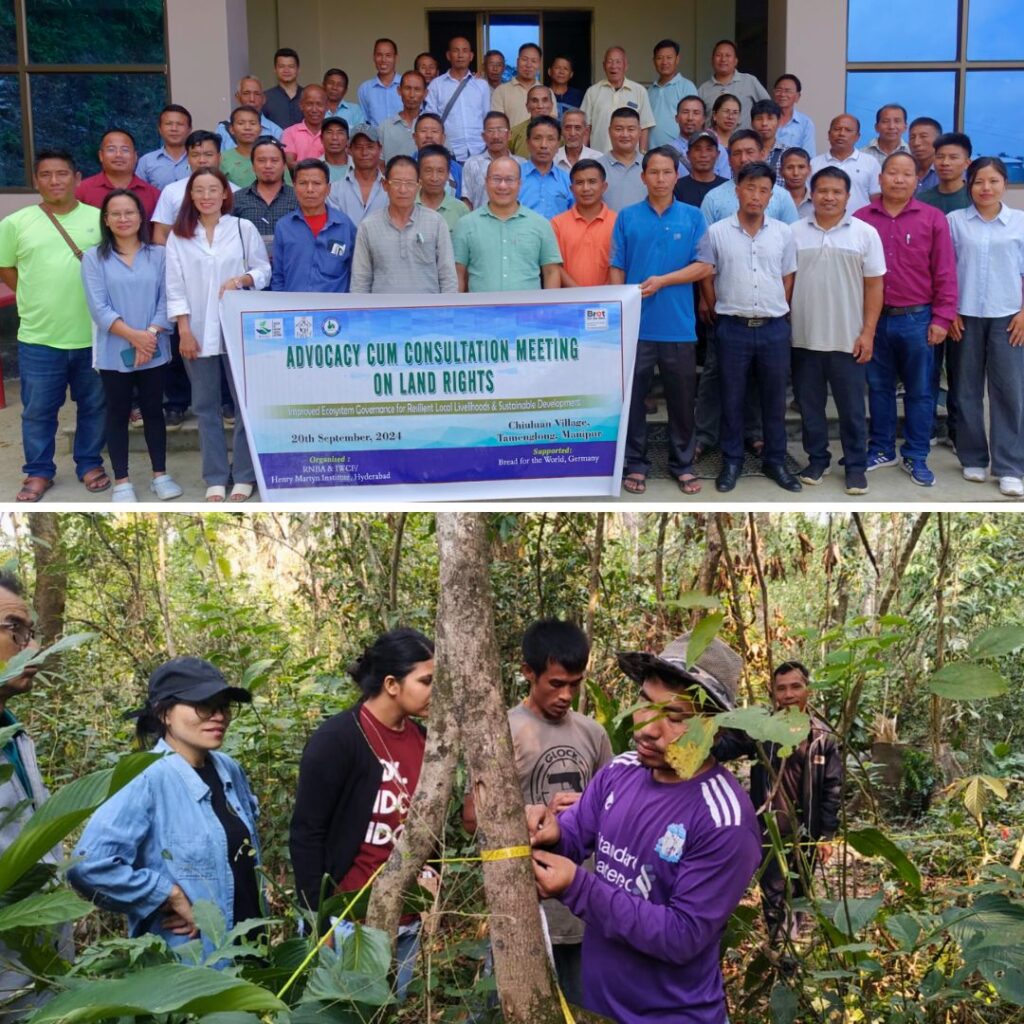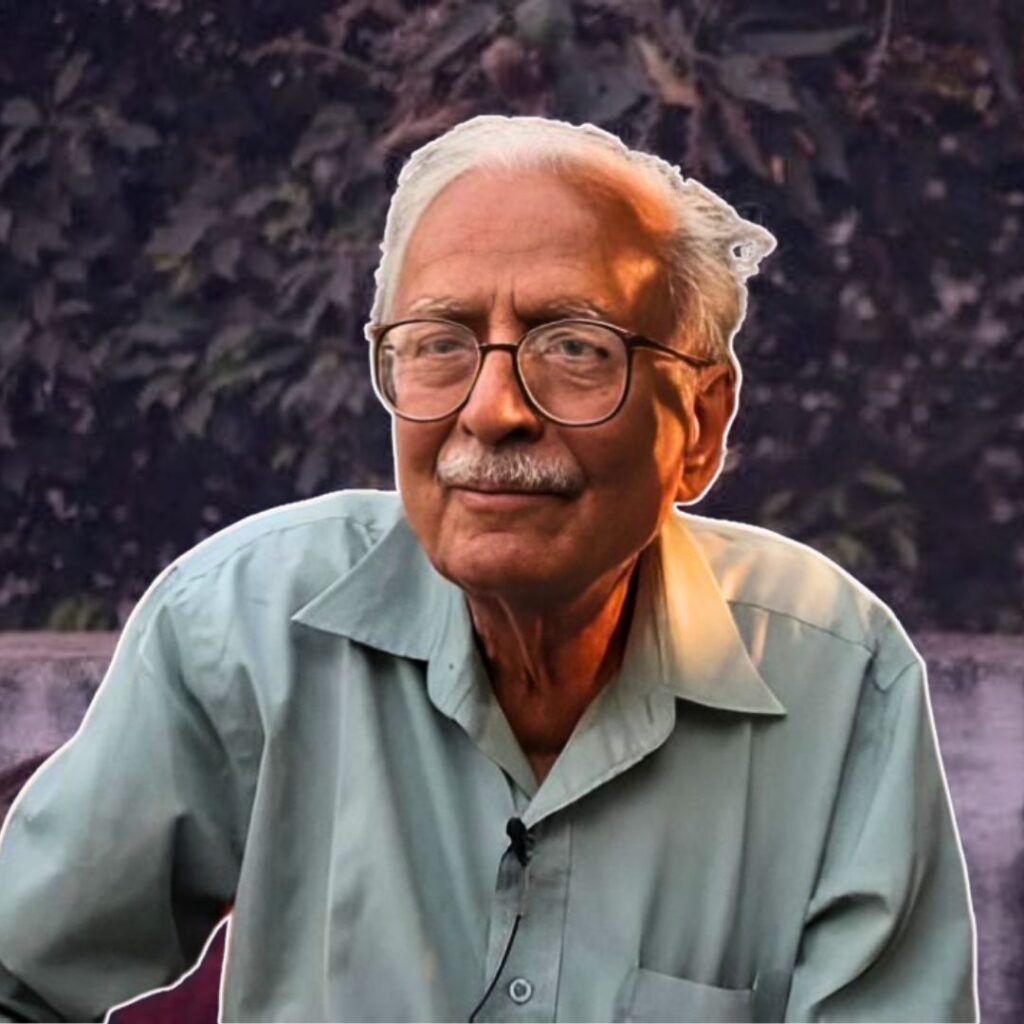In August and September of 1998, Bangladesh was in tatters. 75% of the total area of the country was inundated by flood water, including Dhaka.
Houses and crops were destroyed, thousands of people had died and 30 million people were left homeless. All one could see around them was endless water wrecking havoc in the country.
K M Asad was about 18 years old. The devastation affected him deeply.
The eldest son in the family, Asad ventured out one day with his MF-2, a camera he owned and treasured. He clicked pictures of the desolation, the ruins and the wreckage. He weaved a story through his lens, and when he looked at them, he wished to tell more stories.
Thus began Asad’s journey into photography.
‘I realised that photography is a medium to tell stories that often remain unheard,’ Asad tells The Logical Indian.
In 2007, when Cyclone Sidr hit Bangladesh, Asad went to remote places and captured the conditions of local people. Local newspapers published his photographs, and people who saw them realised there was something extraordinary about each of them. Every photograph told a different story.
‘In 2008, I graduated with a degree in photography from Pathshala (The South Asian Media Company),’ Asad says.
Asad’s Pursuit To Capture Rohingya Refugees
A deadly crackdown by Myanmar’s army on Rohingya Muslims in August 2017 sent thousands fleeing across the border into Bangladesh.
The Rohingya are one of Myanmar’s many ethnic minorities, described by UN Secretary-General Antonio Guterres as ‘one of, if not the, most discriminated people in the world’. On August 25, 2017, Rohingya Arsa militants launched terrifying attacks on over 30 police posts. Thus began their exodus.
Rohingyas who arrived in Bangladesh said that they fled after troops went on a killing spree, burning down their villages and brutally murdering civilians.
In the violence that ensued, at least 6,700 Rohingya, including at least 730 children under the age of five, were killed.
The grief, the devastation and the suffering affected Asad greatly.
‘I set out with my camera. Just like journalism, photography is also all about telling stories. I hoped that the photos I took would reach the masses, the concerned people, who would understand the plight of these people and come forward to help them,’ Asad says.
‘A story, once told in the right manner, can prompt people to act,’ he adds.
Asad walked across the streets, into alleys and areas where the Rohingya gathered, and communicated with them to understand their predicament.
‘At one such place, I came across a little girl clinging to a tree and weeping. The expression in her eyes haunts me to this day. At that moment, I realised how much the children were suffering,’ Asad says.
‘Talking to people, I learnt that the girl was separated from her family. While they were fleeing, her family boarded a boat that had no space for her. She was ferried on another boat, and now she had no idea where her family was. She did not know if she would ever see them again,’ he adds.
With a heavy heart, Asad clicked a picture of the girl.
‘Another photograph that struck a chord with me was one in which a mother can be seen carrying her son as she walks away. Although we cannot see the mother’s face, the expression in the child’s eyes is that of fear of the unknown. The panic caused by uncertainty,’ Asad says.
Over several days, Asad clicked photographs of the Rohingya that reached thousands of people. They understood the people’s plight as the photographs were a glaring reminder of the privilege we enjoy while others are faced with death and destruction.
Asad’s work on the Rohingya refugees is known and appreciated worldwide.
Born in 1983, Asad is now best known as an independent photographer, and a popular photojournalist at Zuma Press news agency. He is also a contributor to Getty Images.
Over the years, his works have found a place in the Kiyosato Museum of Photographic Arts (KMOPA) in Japan.
‘To aspiring photographers, I want to say that chase your dream. I believe that it is wise that you do not consider any of your work as the ‘best’, because that acts as a barrier to your journey to do better,’ Asad says.
‘Even today, I am learning to tell stories in better ways than I already have. It’s a very interesting journey. The wreckage that I have covered has often broken my heart, but I continued in the hope that my work would spark change,’ he adds.
Here’s hoping that Asad’s work continues to inspire us for the decades to come.
Also Read: When Bagheera Came To Life! Meet The Man Behind The Viral Black Panther Image












